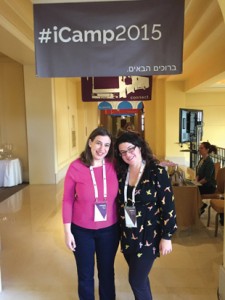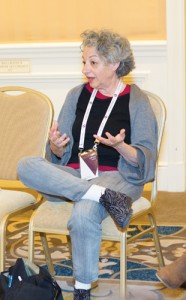“The children are the curriculum.” I read this quote on the wall of Ezra’s parent-teacher conference room, nodding in agreement and feeling grateful that my personal and professional lives have become so seamlessly intertwined. In just over four months as a Program Officer for the Jim Joseph Foundation, I’ve become increasingly excited about how this new role combines my passions for education, philanthropy, and Judaism.
I was raised by a family of educators; my brother, both parents, and several aunts and uncles teach (or used to teach) at the early childhood through graduate levels. I arrived at the Foundation after nearly 20 years in education myself—first as a high school math and science teacher, then as a social entrepreneur co-founding and running Tutorpedia, a business with for-profit and nonprofit arms, providing personalized academic support to K-12 students. My interest in philanthropy was engrained in me early on by my parents as well. Fundraising for Tutorpedia Foundation later in life further highlighted for me the challenges and opportunities in the world of philanthropy. Finally, my 37 years of learning and living Jewish values – as a Hess Kramer camper, Camp Newman counselor, Tel Aviv University student, Temple Emanu-el Leadership Committee co-chair, and recent JCC preschool parent – have shaped my identity in numerous ways.
Now as a professional at the Foundation, I especially look forward to the opportunity to help research, review and identify potential new strategies regarding Leadership development. The Foundation Board recently added growth of high-quality “Jewish education leaders” as part of the Foundation’s strategic priorities. Because of this, my onboarding process included researching our current and past grants to identify what investments the Foundation has made in the Leadership space. I learned of a range of investments that—while not focusing explicitly on Leadership—support leaders and leadership programs that train rabbis, heads of school, camp directors, teen educators, and senior nonprofit management. A few examples that highlight the Foundation’s work in the Leadership space:
- CEO Onboarding, in partnership with Leading Edge – a 12-month training program for new executives that includes professional coaching, management training, and Israel immersion;
- Community-Based Jewish Teen Education and Engagement Initiatives – a multi-faceted approach to improve teen education and engagement in up to ten local communities, each of which incorporate elements of leadership training for teen educators and teens.
- Repair the World Communities – a fellowship to build greater leadership capacity and a pipeline for service learning programs.
In my research to date, one of the many insights that stands out in describing leadership is the focus on Emotional Intelligence. This refers to one’s ability and capacity for self-awareness, self-regulation, motivation, empathy and social skills. What is immediately apparent about this short but definitive list is the focus on both the self (e.g., self-awareness, self-regulation and motivation) and others (e.g., empathy and social skills). One cannot be a leader in isolation, or in other words, “A leader is a person who takes you where you will not go alone.” It is humbling to work at a foundation with over $1.2 billion in assets that believes in the leadership ethos of relational philanthropy, i.e., working in close relationship with its grantees. This would no doubt please the Jewish leader and philosopher Martin Buber, whose I-thou dialectic emphasized the prominence of relationships in order to create meaning in our lives (and our giving). A transformative leader – whether a teacher, a parent, or a CEO – realizes and emphasizes these important relationships, and understands they are the bedrock to achieving the team’s collective mission and vision; i.e., we must work together for the effectiveness of the cause.
These insights and guiding principles are especially important to the field of Jewish education right now—estimates are that 75-90 percent of Jewish organizations will search for new CEOs in the next 5-7 years[1]. Of course the Jim Joseph Foundation is undergoing its own leadership transition, too. A common element among all organizations that undergo this change is the critical nature of the change. Leadership, if nothing else, is effective change management.
“Leadership has to start at the top but it isn’t great unless it spreads throughout the organization. The most successful companies recognize effective leaders and harness them to maximize results.” With that in mind, I am eager and ready to support my professional colleagues and the Board as we further explore a Leadership investment strategy. What I have learned as a teacher, parent, and entrepreneur has given me multiple perspectives on leadership that, I can only hope, will help guide the way.
[1]Bridgespan Group, “Program Proposal for a Jewish Nonprofit CEO Onboarding Program” (2014).
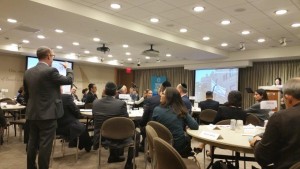
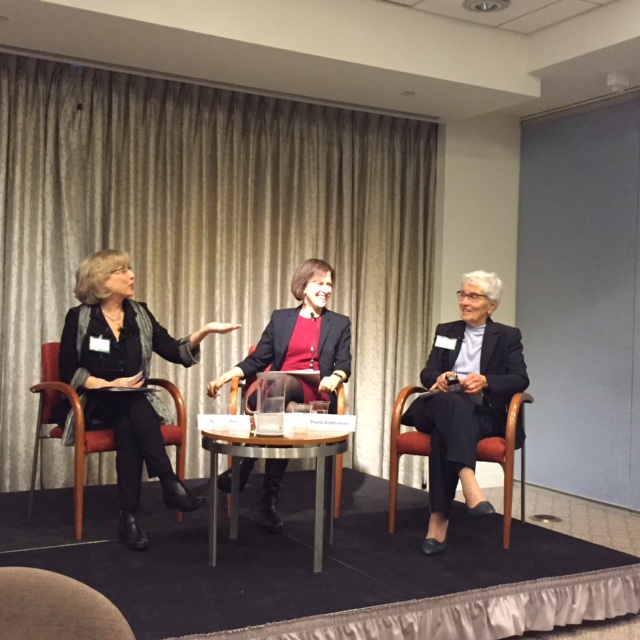
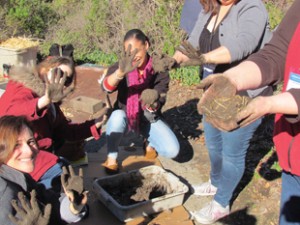
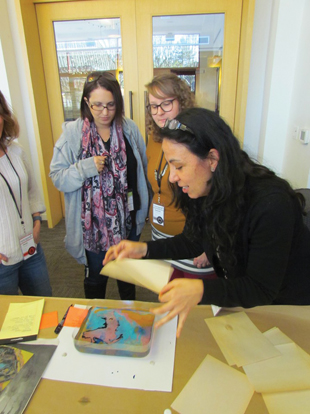
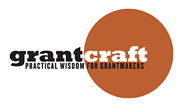 There is a great disparity between the nonprofit organizations that provide services ranging from hunger relief to the arts, and the traditionally slower-to-act philanthropic foundations that fund them. The fastest acting organizations deliver resources immediately to those in need; the more “tortoise”-like foundations engage in diligent planning towards long-term solutions. With this pace spectrum in mind, I think that all parties would benefit by meeting each other midway to work together for longer periods of time leading up to a grant’s proposal and subsequent implementation, creating a more coordinated funder-grantee relationship that enables deeper outcomes.
There is a great disparity between the nonprofit organizations that provide services ranging from hunger relief to the arts, and the traditionally slower-to-act philanthropic foundations that fund them. The fastest acting organizations deliver resources immediately to those in need; the more “tortoise”-like foundations engage in diligent planning towards long-term solutions. With this pace spectrum in mind, I think that all parties would benefit by meeting each other midway to work together for longer periods of time leading up to a grant’s proposal and subsequent implementation, creating a more coordinated funder-grantee relationship that enables deeper outcomes.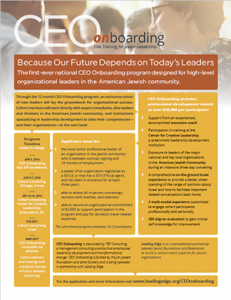
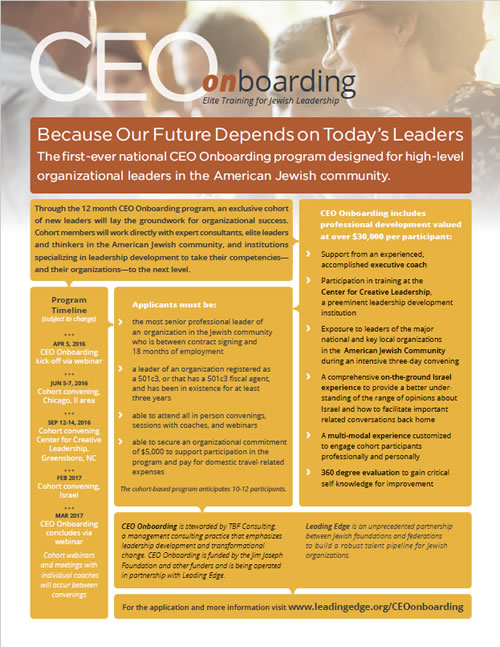
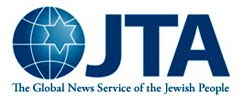 The San Francisco-based
The San Francisco-based 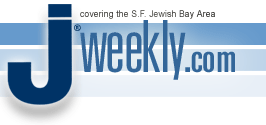 Some 250 Jewish educators, educational leaders and funders spent three days in Las Vegas last month discussing and learning new strategies for teaching the subject of Israel to Jews in North America.And, in this case, the hope is that what happened in Vegas won’t stay in Vegas.
Some 250 Jewish educators, educational leaders and funders spent three days in Las Vegas last month discussing and learning new strategies for teaching the subject of Israel to Jews in North America.And, in this case, the hope is that what happened in Vegas won’t stay in Vegas.